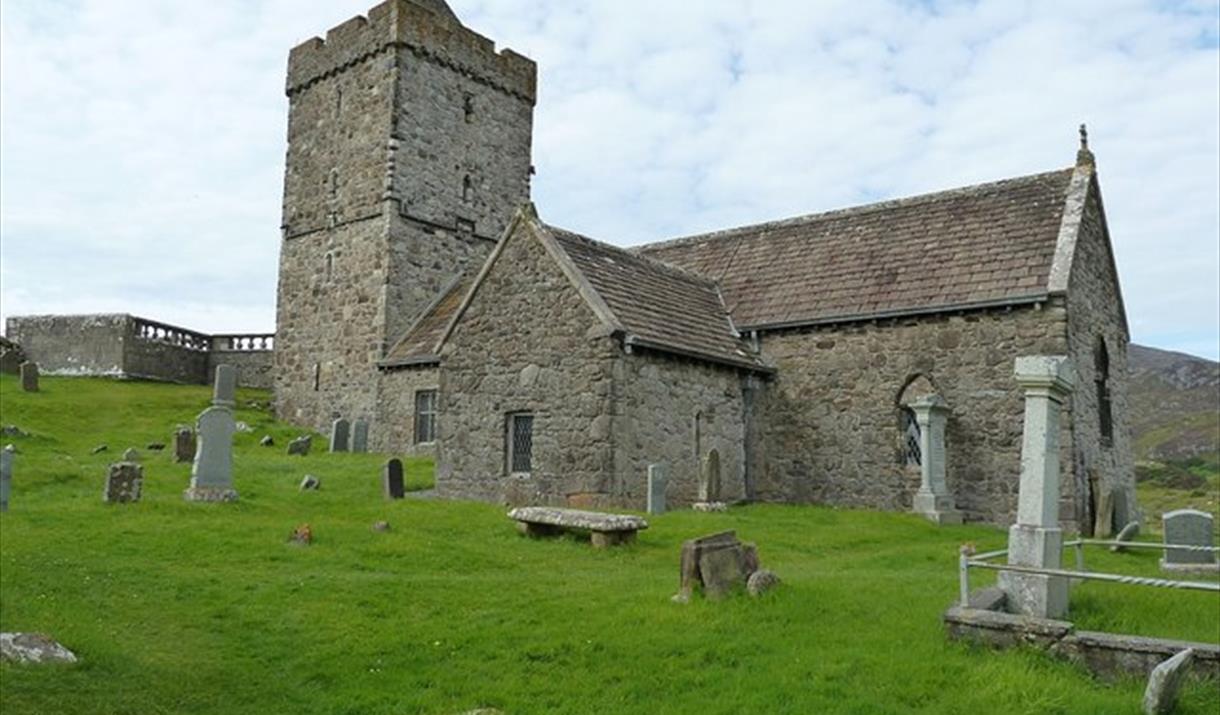To provide you with the best experience, cookies are used on this site. Learn more

To provide you with the best experience, cookies are used on this site. Learn more


 Tripadvisor Certificate of Excellence 2014
Tripadvisor Certificate of Excellence 2014St. Clement’s earliest sections date to the 15th Century and it is the finest…
St Clements Church is situated in the village of Rodel, South Harris. Construction…
Large iron-roofed 18th-century structure, it is thought to have been a store or ‘keeping…
Borrisdale Tweed produces high quality, exclusive, Harris Tweed products. We make…
Elegant white seabird with a black cap, orange bill and long forked tail.
Large Diving water bird present on the Harris coastline throughout the winter
Open Tuesday to Friday inclusive every week - appointments can be made outwith those…
Large diving water bird with red neck in summer plumage
Large diving water bird with red neck in summer plumage
The Common Seal is the smaller of our two seal species and is often seen hauled up on…
Isle of Harris watercolour artist Margarita Williams of Holmasaig Studio Gallery, lives…
Seallam! Visitor Centre is found in Northton Isle of Harris in the lovely Isle of Harris.…
A stone building reminiscent of a Blackhouse, designed by Stuart Bagshaw in 1999 as an…